Space-themed anime are few and far between in the modern era, as the catalog nowadays simply fails to live up to that of the 1980s and 1990s. But one could say the medium as a whole was originally intended to be a place for the genre to thrive. With Astro Boy bursting into the mainstream in 1963, science fiction and exploring the vastness of space became the foundation of anime itself. But as the years go by, that same foundation seems to be morphing into one of shonen, isekai, and romantic comedies for the next generation of anime fans.
Since the start of 2021, 30 isekai anime series alone have been released, nine already in 2022. Meanwhile, since the start of 2020, only eight space anime series have been released, including The Orbital Children, Edens Zero, Tsuki to Laika to Nosferatu, and Star Wars: Visions. That’s almost three years now without, at the very least, a dozen anime set in space.
“Space stories were once popular. But people got a bit tired of them. Young people became less interested.”
Mitsuo iso, creator and director of “the orbital children” and “Dennou Coil”
Thankfully, we’re blessed with a gem of a movie or series that revives a lost love for space anime every once in a while. This time around it’s The Orbital Children— a story that is chock-full of philosophy, drama, and a beautifully executed climax with an adrenaline-pumping resolution. And who better to revive that love for space anime than Mitsuo Iso himself?
Iso’s history in the anime industry is one that many should come to learn and understand, especially those interested in sci-fi and space anime. His impact can be seen in some of the most iconic anime, not just in the genre but of all time. With animation work in Cowboy Bebop, Ghost in the Shell, FLCL, Neon Genesis Evangelion, and even setting development in the 2004 film Steamboy, Iso’s extensive knowledge in the world of sci-fi and space anime is among the best in the industry. What’s most important is that this knowledge is shown extensively in The Orbital Children.
“No one was making space anime. And I wanted to see some, so I made my own.”
Mitsuo iso interview with netflix
Some could look at The Orbital Children and easily judge the series from what it looks like at face value—a story about a bunch of bratty kids in space. But Iso’s decision to make the main cast a bunch of young teenagers was intended from the very beginning. Having young teenagers as the main cast creates an appreciation for the interesting little things surrounding them, which is something we usually don’t get with adult characters. And being in space, those little things are in abundance.
“People who go [to space] are mostly pros, like researchers or the military, But I thought that was very ‘20th century.’ I wanted to do something 21st Century. People realized that space would soon become commercialized. When that happens, normal people like families and kids will go. That’s why we made children the main characters… If children find something interesting, they’ll use it. They might use it in interesting ways that confound adults, too. Many new things will emerge including space and AI. I bet children will use these products in unexpected ways.”
Mitsuo Iso interview with Netflix
The Orbital Children put forth that imagination with characters like Touya and Konoha, the main protagonists of the story. In the rising action of the story, Touya presents ideas to his uncle and the rest of the adult space crew that they couldn’t even think of. They are so out-of-the-box that one of the crew members even says that Touya is scary in the sense of his imagination being beyond their own comprehension. And that’s one of the many things The Orbital Children wanted its viewers to grasp.
“You’re not supposed to suppress a child’s mind. You’re supposed to encourage it.”
Konoha, The Orbital Children
Encouraging a child’s mind rather than suppressing it is an overarching theme in The Orbital Children that slowly unravels as the story progresses rather than being shoved in the viewer’s face at the very beginning. From the preppy Mina streaming live videos despite death knocking on the door to the rebellious Touya breaking rules in order to help everyone stay alive, The Orbital Children creates scenarios that require outside-the-box thinking that surpasses the limits of an adult’s own imagination.
This gives a euphoric sense to our very own imaginations that create plenty of “what will they think of next?” scenarios whenever a new conflict arises. This in turn is thanks to where the story is taking place—space. The combination of science fiction and the reality of space breathes new life into millions of different ideas. While the story isn’t void of space anime clichés, such as demarcations of time, viewers still don’t know when certain outcomes will occur.
Iso was aware of this in creating The Orbital Children and it’s shown throughout the course of the story. “The most fun is to mix fiction and reality,” said Iso. “Space is an extremely dangerous environment. The tiniest of slip-ups could mean life or death.” Thankfully, most anime that deal with space do a wonderful job of reminding us about this. But it’s how The Orbital Children mixes that dangerous reality of space with science fiction that creates a marvelous space drama that ends up bringing back that love for space anime in general.
While the story does have its fair share of slower moments when the characters can simply be the young and curious teens that they are, there was never a shortage of dangerous situations when their lives were on the line thanks to their time in space. This consistent danger we feel throughout the story is similar to what characters in the iconic space anime, Planetes, endure as they worked in space clearing space junk outside of Earth’s atmosphere. The Orbital Children doesn’t involve the psychological aspects of Neon Genesis Evangelion, the environmental settings of Ghost in the Shell, or the underlying beauty of a well-done space opera like Cowboy Bebop.
But The Orbital Children’s ability to keep viewers on the edge of their seats was second to none. The pacing wasn’t too rushed nor did it ever once feel too slow. The consistency of the animations when the characters are suspended in zero gravity, and closely taking into account how it would affect certain situations, also deserve a round of applause. Iso, more importantly, successfully kept that interest in this space story going thanks to a giant ring of conflicts among the characters.
The Orbital Children’s use of internal and external conflicts is amplified thanks to the simple fact it revolves around young, naive teenagers in space. Touya is a complicated main character that starts off hating everyone on earth and then ends up wanting to save everyone. But it’s the journey of him still trying to figure out what is right and wrong that makes him such a fantastic protagonist. A lot of times, the main characters in anime nowadays have an unwavering resolve with a set goal in mind that never once changes.
But Touya is constantly on the edge of what he truly wants, which, at one point, he even loses sight of. And the root of that lies within his life in space and the technology used to cause disasters in the past that formed his own idea of what the definition of ‘humanity’ really is. And that involves Konoha, the main female protagonist, who also deals with this but in her own way.
“Sci-fi is basically about predicting the future… I have fun thinking about how the future will be, and I want viewers to enjoy that too.”
Mitsuo Iso interview with Netflix
At the start, Konoha accepts fate and is the unwavering character that believes nothing can be done about what’s to come due to foreseen circumstances. She wants to go to Earth even though she believes that she’s going to die before that opportunity arises. And this is what puts her in stellar contrast to Touya’s character and why the two are such a fantastic centerpiece to the story.
Touya wants nothing to do with Earth and wants everyone there to die. Konoha thinks humankind is amazing and wants to go to Earth for herself. This constant build-up of internal conflict within each of them ends up clashing during the climax which in turn creates an amazing resolution to end the story. Two characters born on the moon with different views on people from Earth, and humanity itself, are something that can only be perfected in an outer space setting.
But this wasn’t just because of these two. Other characters also played a huge role in creating conflict. One of those characters largely involved in this part of the story is Taiyou, a teen from Earth, who plays the role of Touya’s opposite. For a series to thrive, there needs to be an outstanding amount of contrast, or else the story will feel flat. If it wasn’t for Taiyou, the story of The Orbital Children wouldn’t have any progression at all. He wasn’t presented as a rival, but more so a character that was able to check Touya because nobody else was going to. The two have completely different viewpoints that even their own personal AI bots and spacesuits are of different colors which actually represent their own unique personalities and backgrounds.
So not only are they in contrast, but character designer, Kenichi Yoshida, who Iso met when they worked at Studio Ghibli together, managed to make them polar opposites down to the smallest detail. Iso even gave praise to Yoshida for his character designs saying it was a “difficult” task because he didn’t want “the designs to look like any other famous space anime.”
While The Orbital Children is actually two separate movies meshed into one, six-episode series, it actually benefitted from this format. Each episode ended with a new conflict leading to a solution the following episode, which then brings about another new conflict. This cycle makes the binge-watch that much more exciting. There’s no shortage of danger and the pacing wasn’t fast—it was consistent.
It’s key to remember that they’re in a dire situation basically from start to finish and never have enough time to relax thanks to being in space. There are moments the viewers will first think that some of the solutions are simple cop-outs. But shortly after, these solutions are explained in simple terms with how it was pulled off leaving the viewer thinking “Oh, that actually makes plenty of sense.”
You may not catch it in the first go-around watching The Orbital Children. But if you watch it a second time, you’ll realize the things you missed before. One of these parts is Mina herself. While a lot of people may have thought she was the annoying, social-media-crazed teenager that was of no use, she was actually an important part of the story as well. Why?
Because Mina is like most of us. She has no idea about what goes on in space and how stuff works there. She is completely clueless and just sees it as an opportunity for great content. This is shown in the first episode and it ends up being the reason for her success in the end as well.
Not only does The Orbital Children give nods to astronauts and their knowledge throughout the series, but Mina’s character is able to dumb down the extremely complicated portions of the series that deal with science and space so regular people like us can understand what is actually happening—and that’s a good thing. There are no deep philosophical points open for interpretation when it comes to the science of space. You either understand it or you don’t. And The Orbital Children does a wonderful job of making sure everyone who watches it understands the complicated points in the story. And once we come to understand everything, it reinvigorates the love many of us once had, and possibly still have, for space anime.
‘Fly out of your cradle’. Cradles vary by individual. For me, it was space. It means flying out from where you feel secure to a place you fear and go beyond.”
Touya, the Orbital children
Unlike the science involved in the story, the ending is one left up to interpretation. While it can be confusing to some, the second time around watching The Orbital Children make it much easier to understand some of the messages that Iso was trying to convey, not only for the story, but for the conflicts in today’s world, our future, and our humanity. And as some criticized the out-of-place moment of multi-dimensional thinking that takes place between an AI that surpasses human intelligence and a rebellious teenager born and raised in space, the importance of space itself became the answer in order to avoid a terrifying demise.
Despite many of the problems being presented in other series and movies, such as overpopulation, the solution to these problems that The Orbital Children brings forth is one that could only be answered with the vastness of space and science fiction. It’s a death-defying space story delivering moments that anime fans will never find in any other genre. And the story of The Orbital Children reminds us all why space anime was originally the foundation of the medium we all know and love today.
The only downside about The Orbital Children is that it is officially over. The open-ended conclusion is reminiscent of Astra: Lost in Space and it leaves the viewer clamoring for more space thrills and danger with our favorite, young space crew. If that was Iso’s intent, then the ending is flawless.
The Orbital Children is so much more than a new anime in space to keep us busy for a few hours. It’s a thought-provoking story that reminds us the foundation of anime is still afloat and will continue to keep pushing the limits of our imaginations. It’s a keen glimpse into a possible future of AI dominance and space travel that could bring about a new dawn in society. Not for the worse, but for the better. One that creates hope for a better future for humanity and isn’t brought about by an extreme course of action. Above all else, The Orbital Children is a modern-day staple of how space anime can go where others simply cannot.
Images via Netflix
© MITSUO ISO / avex pictures ・ The Orbital Children’s Production Committee

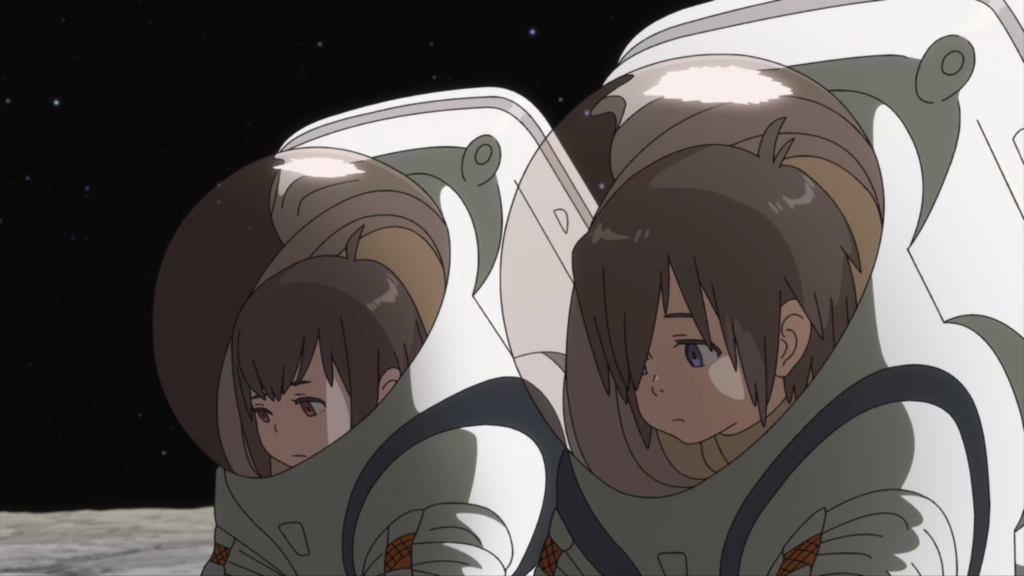
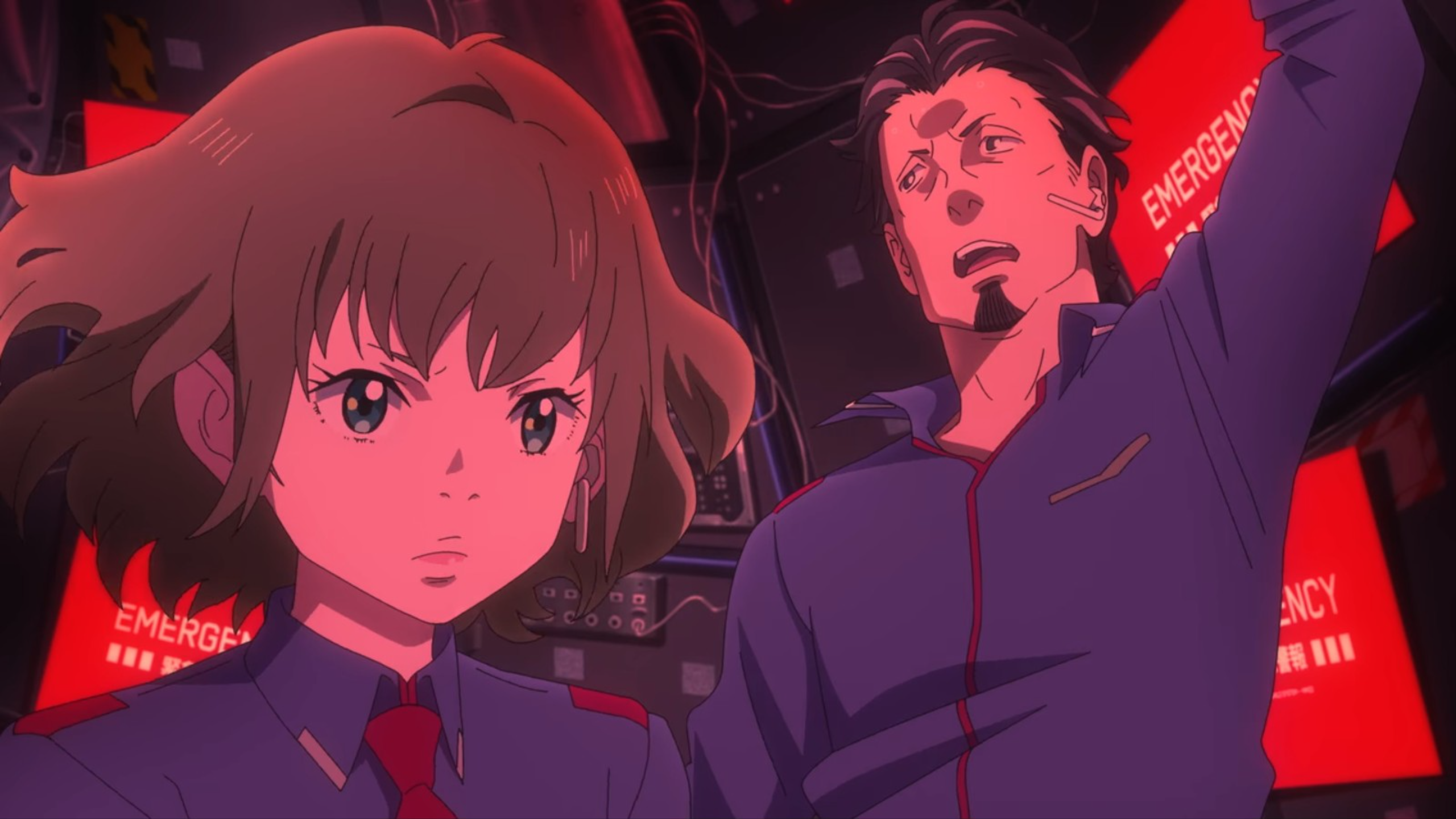
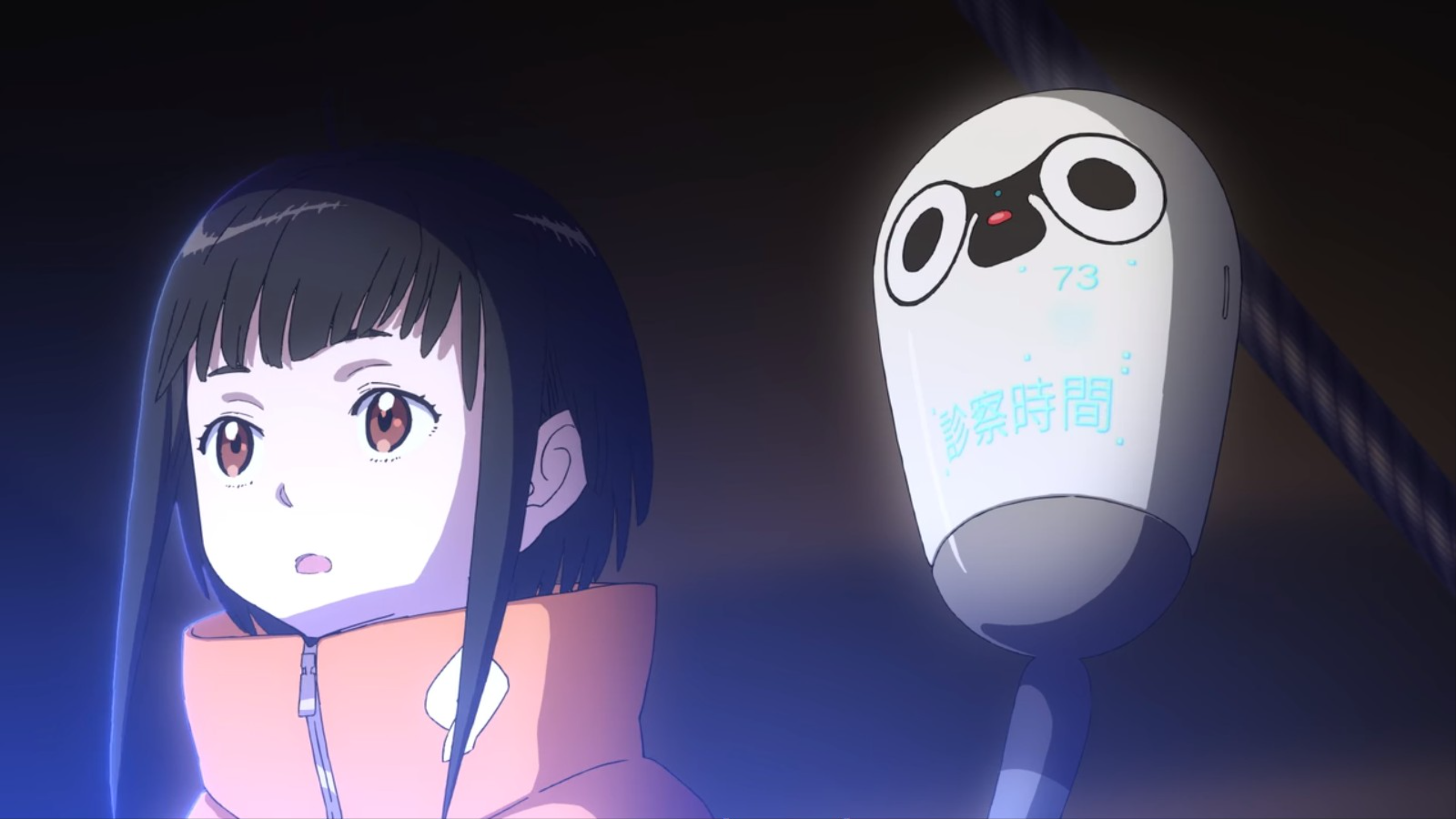
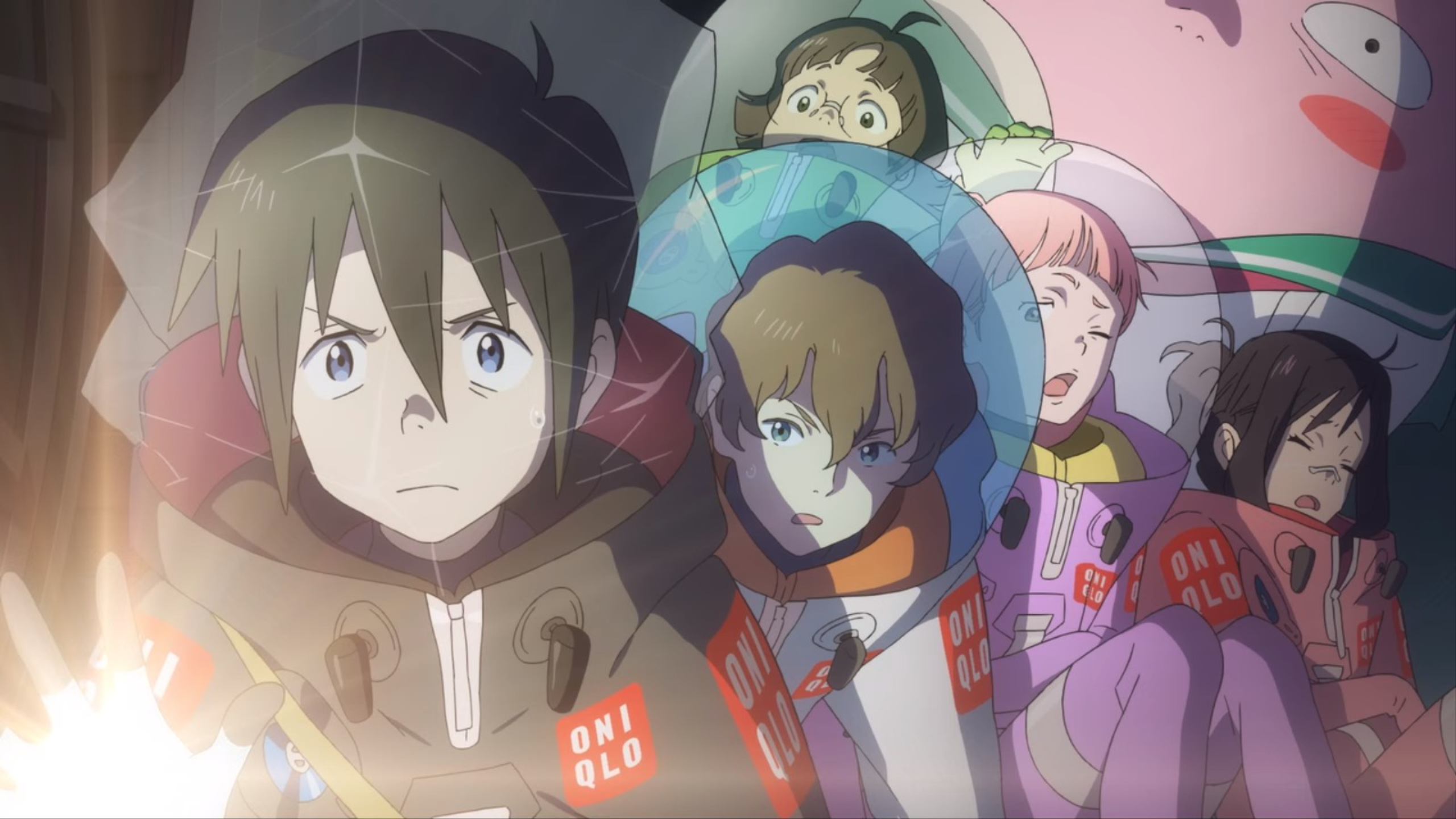

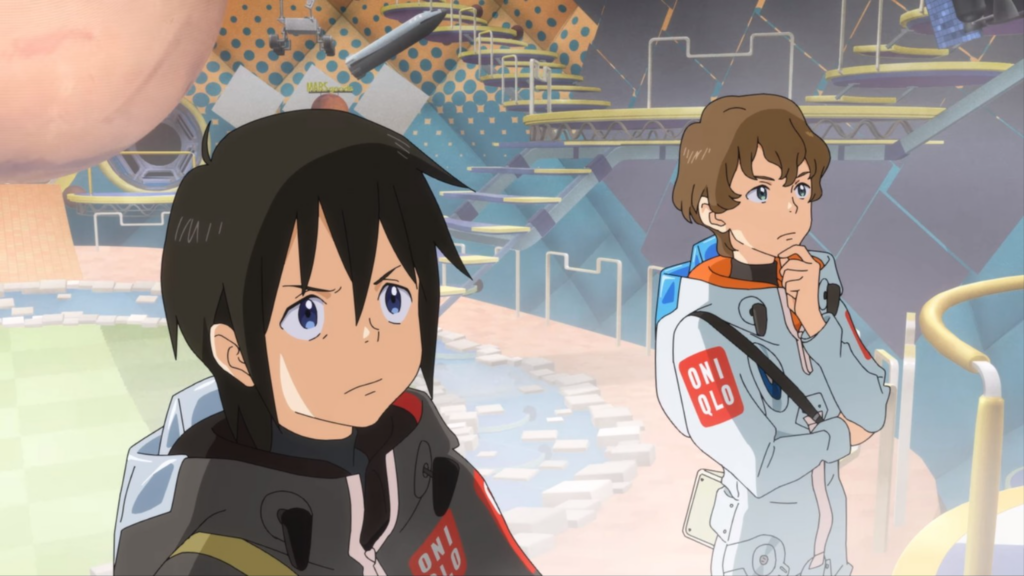
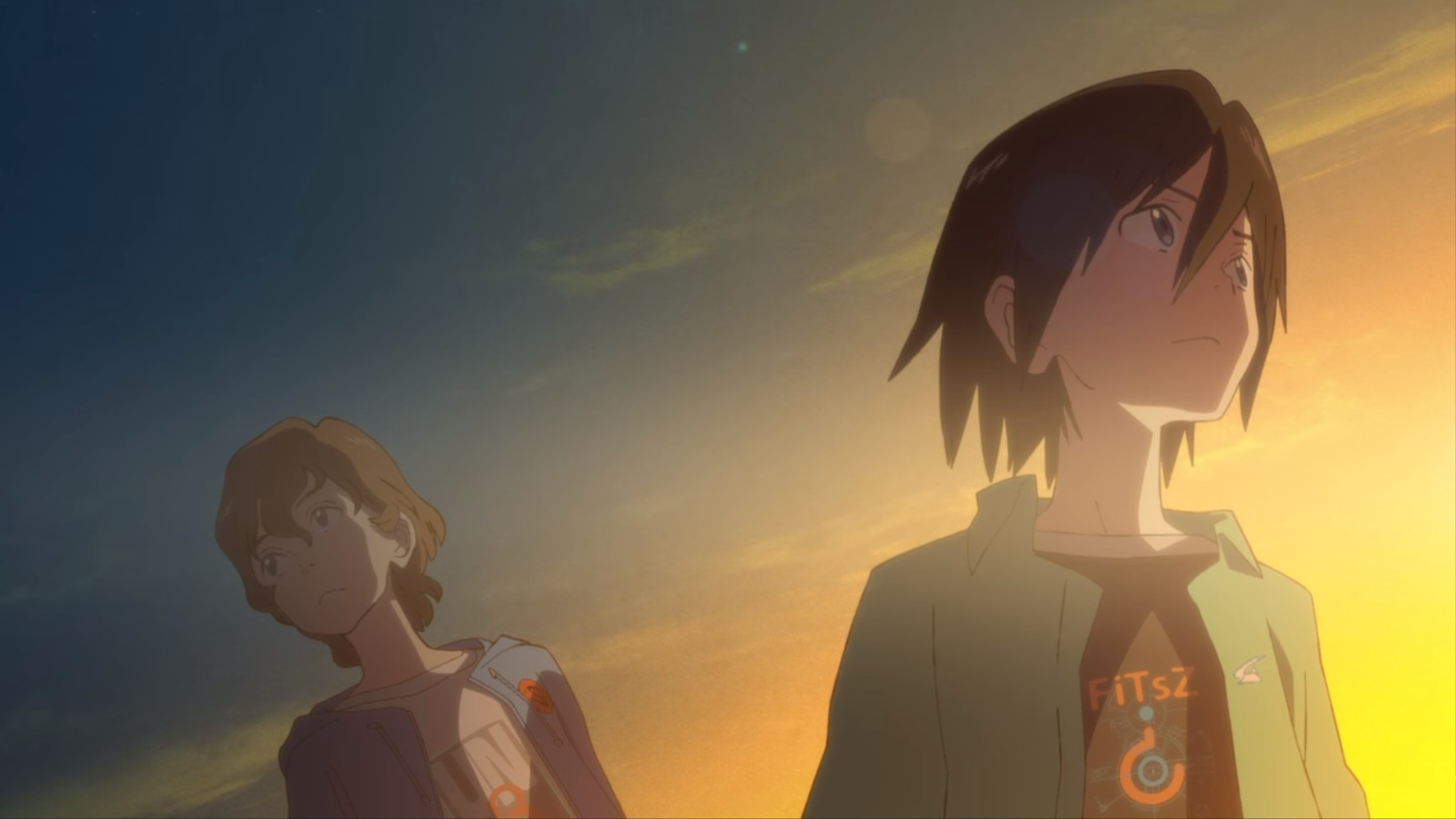
Participate In Discussions